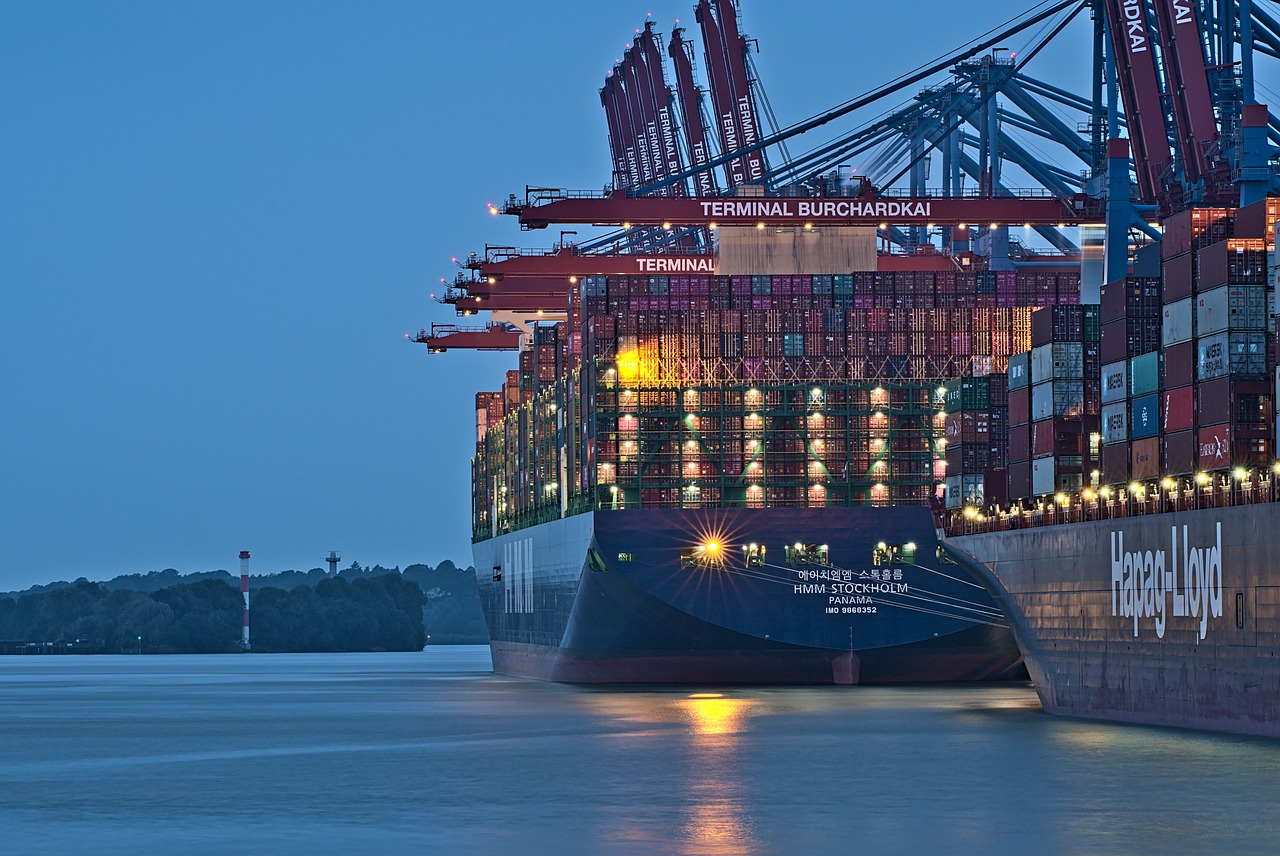
1. What is the core definition of “fake self-inspection, real export agency”?
In export trade,"Fake self-check, real proxy"It refers to the violation where a manufacturing enterprise forges its own export qualification, while in reality handing the goods over to a third-party agency to handle the process. According to Customs General Administration Announcement No. 58 of 2025, this behavior has three typical characteristics:
- The manufacturing enterprise has not obtained the import and export rights registered with customs.
- The agency company fabricated contracts, invoices, and other documents to channel funds back.
- Export tax refundThe subject is inconsistent with the actual counterparty
II. Where do the key differences between genuine and fake proxy services lie?
The fundamental difference between legitimate agency and unauthorized agency lies inAuthority and Responsibility Attribution and Fund Flow:
- Compliance Agency Services:
- The agent must obtain the qualification for international freight forwarding.
- Manufacturing enterprises must complete customs registration.
- Fund settlement must be conducted through the production enterprise's account
- Unauthorized proxy operation:
- Declare exports under the letterhead of an agency company
- Funds are circulated off the books through offshore accounts.
- customs clearanceDoes not match the VAT invoice information
III. What legal risks might a company face?
To be implemented in 2025, the "Export tax refundThe revised Administrative Measures explicitly stipulate that enterprises engaging in fake self-inspection while acting as actual agents will face:
- Customs Credit Rating Downgrade (Directly Impacts Customs Clearance Efficiency)
- Not allowed to apply for export tax rebate eligibility within 3 years
- An administrative penalty of 30%–50% of the goods' value
- In serious cases, it may constitute a violation of Article 205 of the Criminal Law.
IV. How to identify a compliant export agency service?
It is recommended that companies follow the belowfour-step verification methodScreening Partners:
- Verification of the customs registration number of the agency company (can be verified through the Single Window system)
- A certificate of no violations for the past three years is required.
- Verify whether the fund settlement path complies with the principle of "who exports, who receives the foreign exchange."
- Confirm that the information for "Domestic Consignor" and "Manufacturer/Seller" on the customs declaration form is consistent.
5. How should anomalies be handled when discovered?
Based on our experience in handling trade disputes, we recommend taking the following measures:
- Immediately cease all abnormal capital transactions
- Retain all business transaction records (including chat logs, emails, etc.)
- Submit a voluntary disclosure application to the local customs authority
- Engage a professional trade attorney to conduct a compliance review
VI. What are the special provisions of the 2025 new policy?
This year's implementation ofCross-Border Trade Compliance GuidelinesThree new regulatory measures have been introduced:
- Establish a whitelist and blacklist system for proxy service providers
- Implement a traceability QR code system for export goods
- Require banks to conduct thorough, end-to-end supervision of inbound foreign exchange accounts.
It is recommended that companies regularly attend AEO certification training sessions held by customs to stay abreast of policy changes. For any uncertain operational matters, they may apply for the customs advance ruling service to obtain official guidance.


 Follow Customer Service WeChat
Follow Customer Service WeChat